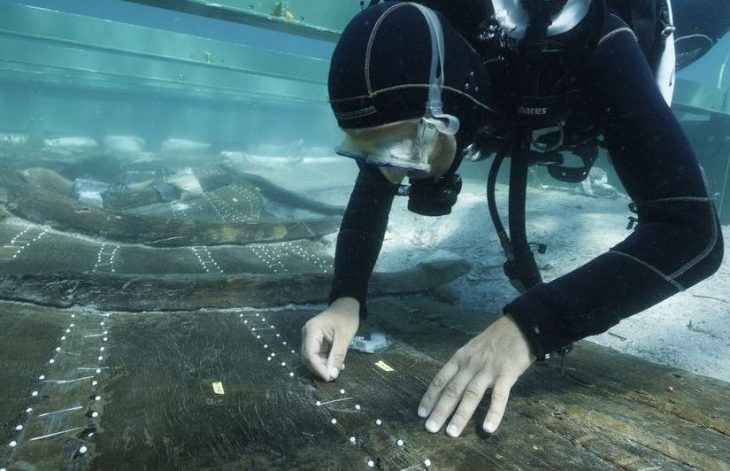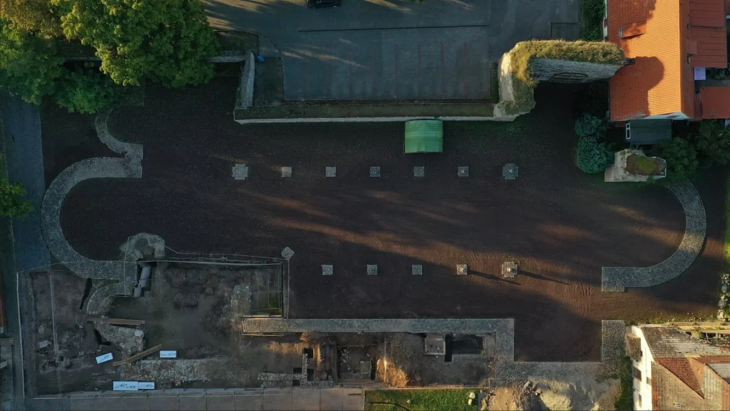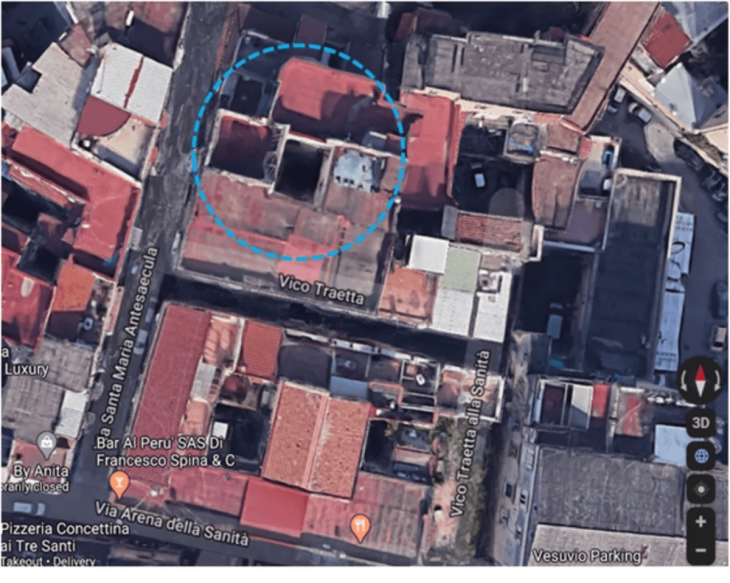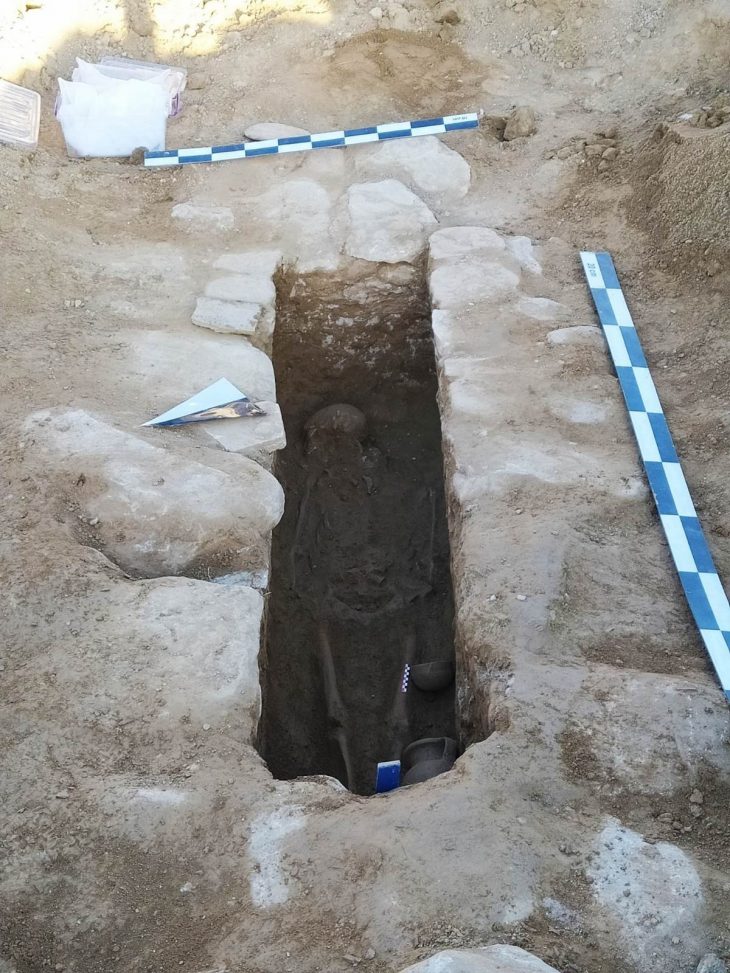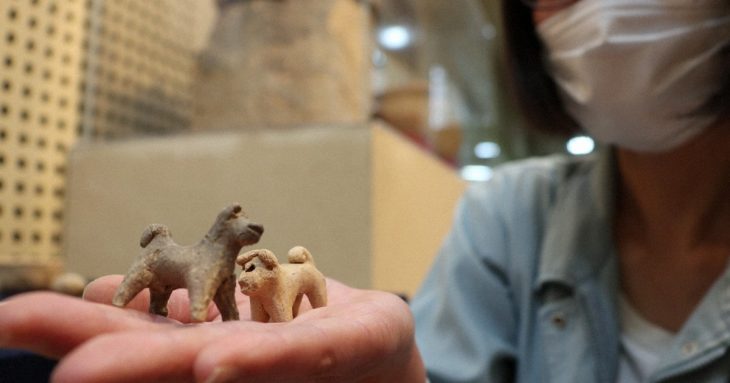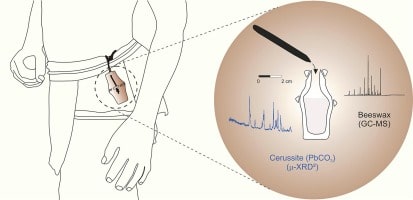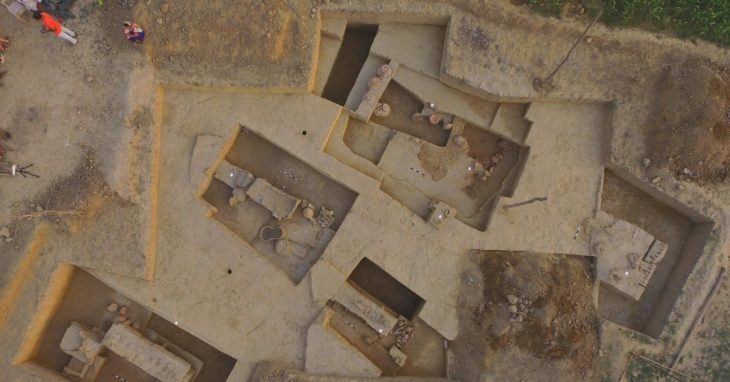Coins, keys, and a decorated walnut— a grave offering discovered in Pförring —resemble traditional Bavarian costume jewellery. Is the Charivari a legacy of antiquity?
A find that was x-rayed and carefully restored in the restoration workshops of the Bavarian State Office for the Preservation of Monuments turned out to be a remarkable accessory.
In the German state of Bavaria, costume jewelry known as “charivari” is quite popular. Crafted from a solid silver or silver-plated chain, it is embellished with gems, medals, coins, and horns.
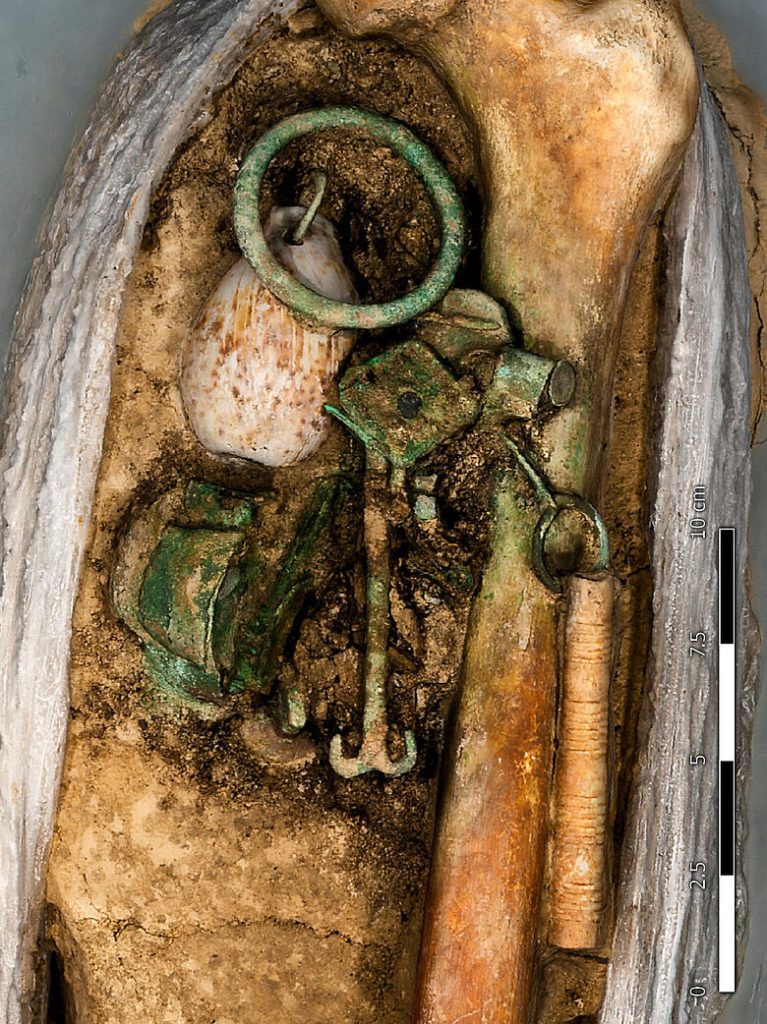
In 2016, archaeologists in Pförring discovered the late imperial chamber tomb of a young woman from the first half of the 5th century. During the extensive archaeological investigations, they found, among many other grave goods, various objects on the left thigh that were once connected with leather straps and possibly worn as a belt hanger. These included two bronze keys, a bone needle box, several bronze rings, three perforated Roman coins, an elaborately crafted jewellery disc with glass inlay, the shell of a sea snail and a walnut pendant decorated with bronze bands. These objects are astonishing in their variety and indicate that the find was not just a fashion accessory, but could also have been a status symbol or talisman.

“The finds provide an interesting insight into the late antique culture on the Danube border of the Roman Empire and the use of jewelry and symbolism. The ensemble of the young woman from Pförring is unusual in its composition and allows exciting conclusions to be drawn about the social and cultural environment of the dead,” says Prof. Mathias Pfeil, General Conservator of the Bavarian State Office for Monument Preservation.
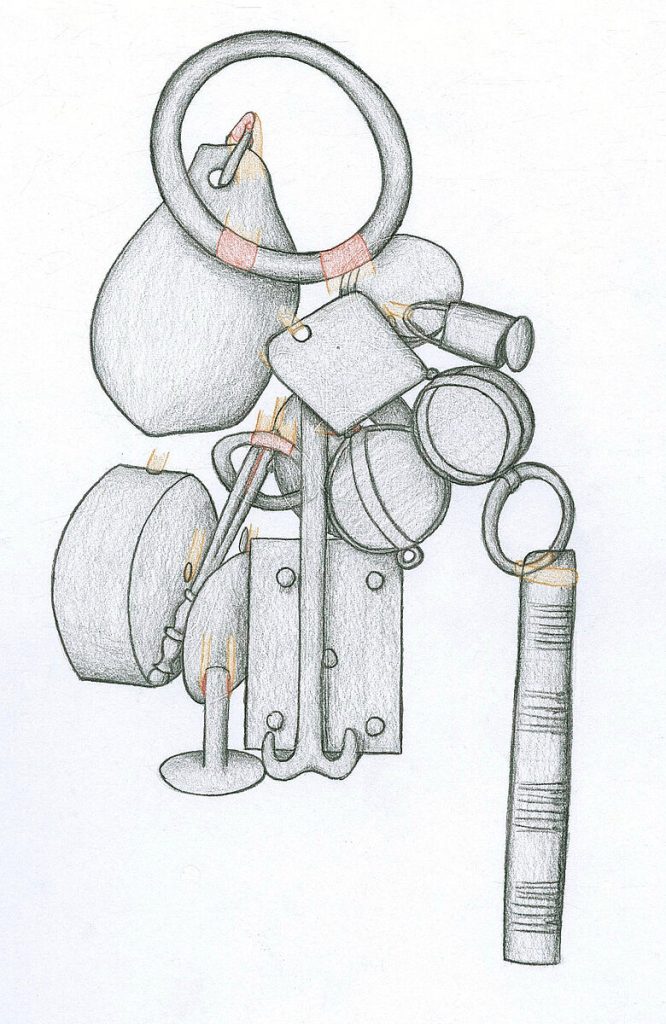
The Charivari, which is now particularly well-known in the world of traditional costumes, is a silver chain that is traditionally worn on leather trousers and is decorated with coins, amulets and gemstones. It probably originated from a watch chain from the Napoleonic era. It shares its function with the Pförring find from the 5th century: a talisman and symbol of status and belonging. It is unlikely that it can be considered a kind of forerunner of the Charivari, but the similarities are unmistakable – at least for visitors to the Munich Oktoberfest.
Bavarian State Office for Monument Preservation
Cover Image: Bavarian State Office for Monument Preservation



